Persona 5 and Persona 3 Reload take vastly different approaches to dungeon design. Persona 5 relies on handcrafted Palaces with puzzles and platforming elements, while Persona 3 Reload builds on Tartarus’ procedural generation, emphasizing combat and exploration.
With both games being potential contenders for influencing Persona 6’s dungeon formula, the question of which one Atlus will potentially use over the other remains. As fans know, Persona 6 is in development and Atlus must determine whether to refine one approach or merge both into a new system.
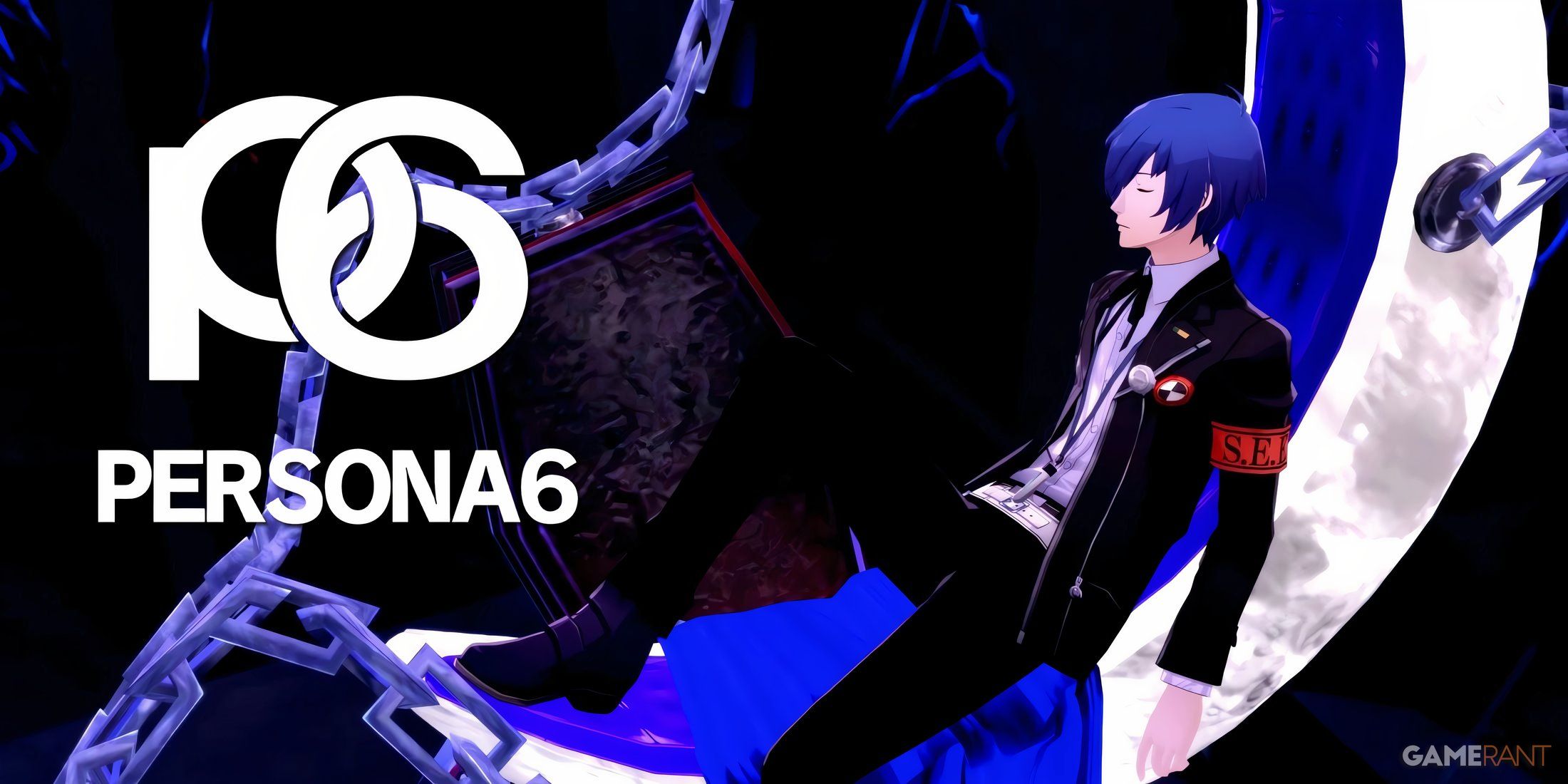
Related
Why New Damage Types in Persona 6 Might be a Necessity
If Atlus wants to avoid making Persona 6’s combat feel overly derivative, the company may have to add some new damage types to the game.
Persona 5’s Dungeons Are Narrative-Driven but Rigid
Each Palace in Persona 5 represents its ruler’s distorted psyche, shaping environments that reflect their delusions. Kamoshida’s castle, for instance, portrays his school as his personal kingdom, complete with dungeons and student prisoners. Okumura’s factory reduces workers to disposable labor, reinforcing his corporate greed. These unique designs create a deep connection between story and gameplay.
However, the set structure of Palaces makes them predictable on repeat playthroughs. While stealth mechanics, puzzles, and platforming keep dungeons engaging initially, they remain unchanged after completion. Mementos, Persona 5’s procedurally generated alternative, attempts to counteract this but lacks variety. Its floors blur together, with little to distinguish one from the next beyond enemy encounters. A revised system in Persona 6 could integrate shifting layouts, rotating enemy rosters, or dynamic objectives to make repeat visits feel less like filler content.
Another flaw in Persona 5’s dungeon design is how little agency players have in revisiting or modifying Palaces. If Persona 6 includes handcrafted dungeons, allowing post-clear exploration with altered layouts, new enemy placements, or unique rewards could make them more engaging beyond the initial story. Side objectives or optional paths within Palaces could also deepen exploration and replayability.
Persona 3 Reload Refines Procedural Dungeon Crawling
Tartarus in Persona 3 Reload consists of over 250 randomized floors, each run offering a different path, enemy placement, and item distribution. While the original Persona 3 faced criticism for its repetitive design, Persona 3 Reload introduces destructible objects, environmental variations, and stronger enemy AI.
Tartarus’ procedural nature allows for greater replayability. Unlike Palaces, which follow a fixed narrative, Tartarus lets players experiment with different team compositions and approaches without feeling locked into a single design. The addition of special mid-boss encounters and resource zones in Persona 3 Reload also breaks up the monotony, keeping exploration from becoming a mindless grind. However, its drawback is the lack of storytelling within the dungeon itself. While it serves as a central hub for combat and grinding, it lacks the thematic depth found in Persona 5’s dungeons.
A potential improvement for Persona 6 would be procedural areas that evolve over time. Instead of static randomized floors, new enemy factions, biomes, or environmental hazards could emerge as the story progresses. Sections of the dungeon could change depending on choices made in the narrative, offering a more dynamic experience while maintaining the unpredictable nature of procedural generation.
Persona 6 Could Blend Story and Randomization for Better Dungeons
Atlus has an opportunity to take the best aspects of both Persona 3 Reload and Persona 5 dungeon styles for Persona 6. A hybrid system could balance handcrafted story dungeons with a replayable procedural area that evolves over time. For example, main dungeons could feature structured layouts like Palaces, while an ever-changing secondary dungeon could shift based on player progress, introducing new mechanics, enemies, or environmental hazards as the story unfolds.
Expanding dungeon mechanics could also enhance engagement. Platforming elements could be used beyond scripted sections. Interactive puzzles could evolve based on difficulty settings, making repeat visits feel fresh. A randomized dungeon with multiple biomes or enemy factions could keep encounters varied without losing narrative weight.
Beyond layout, Persona 6 could refine dungeon progression with more meaningful risk-reward decisions. Temporary buffs or debuffs could alter gameplay based on how players engage with dungeons. Special modifiers could encourage strategic decision-making, such as increased enemy aggression in exchange for better loot.
Both Persona 5 and Persona 3 Reload have pushed dungeon crawling in different directions. Persona 6 can refine these mechanics further. Atlus’ decision will shape whether its next game prioritizes deep storytelling, gameplay variety, or a seamless blend of both.
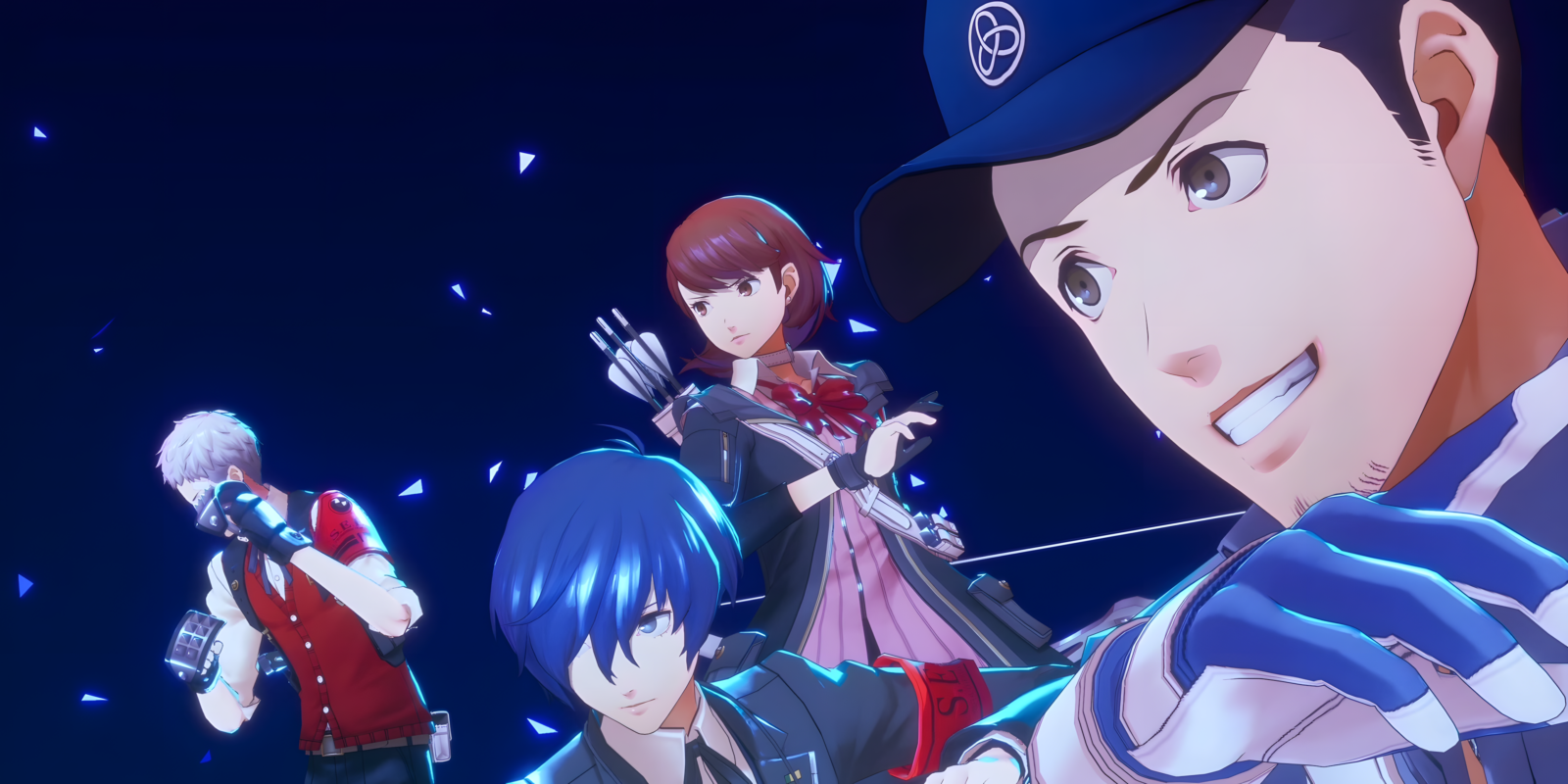

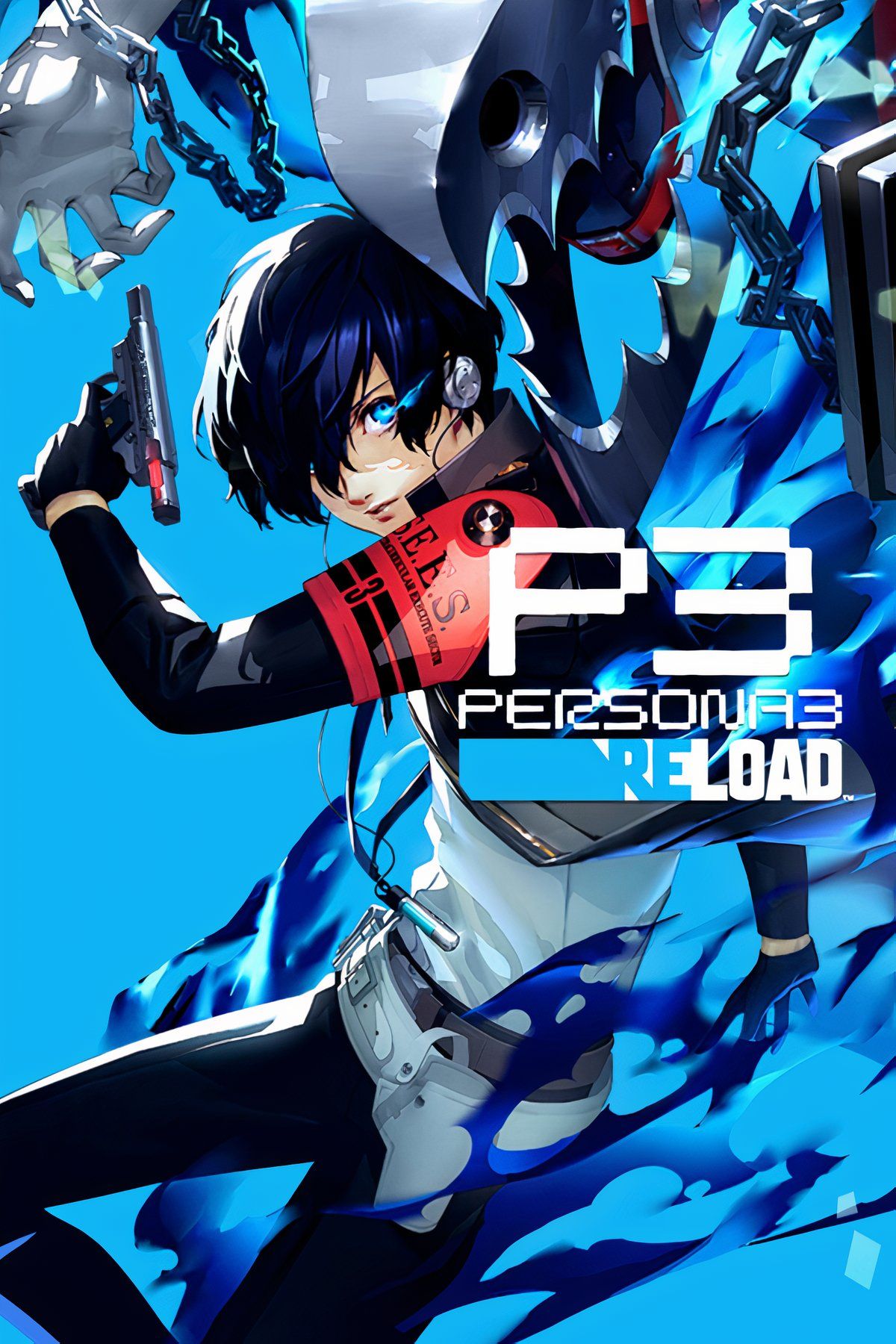



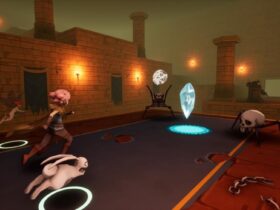



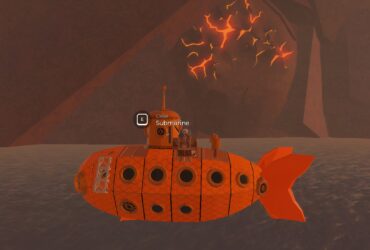


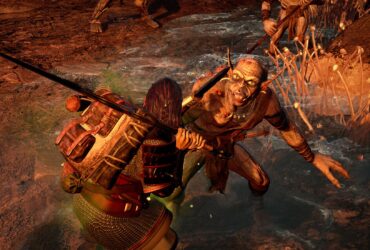
Leave a Reply